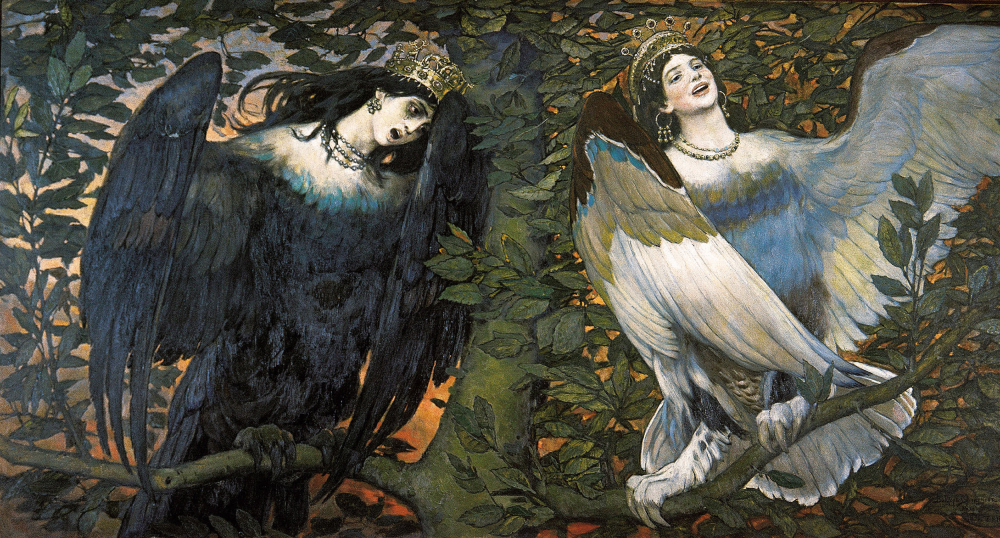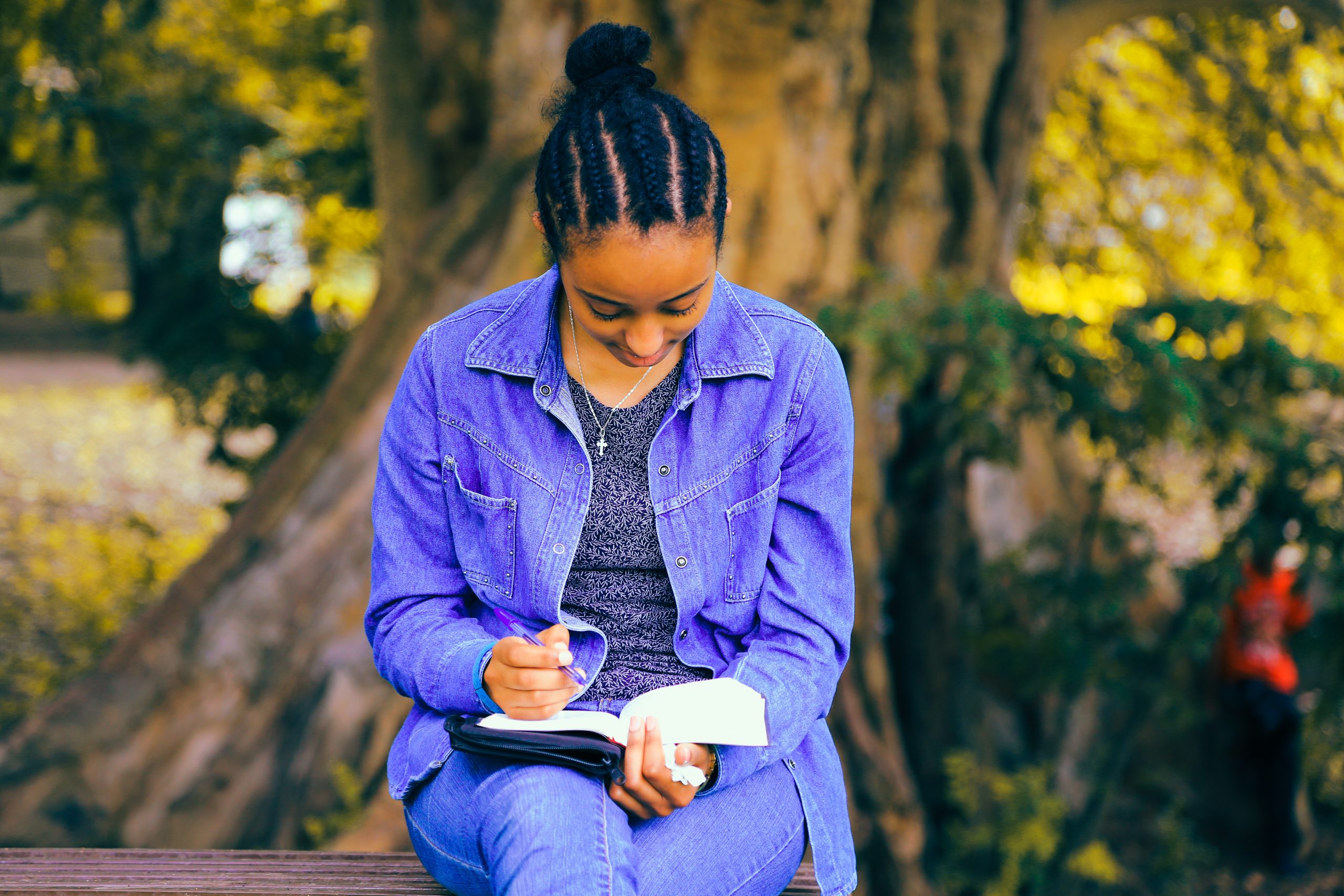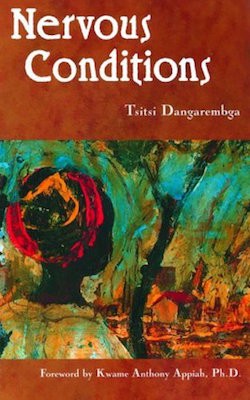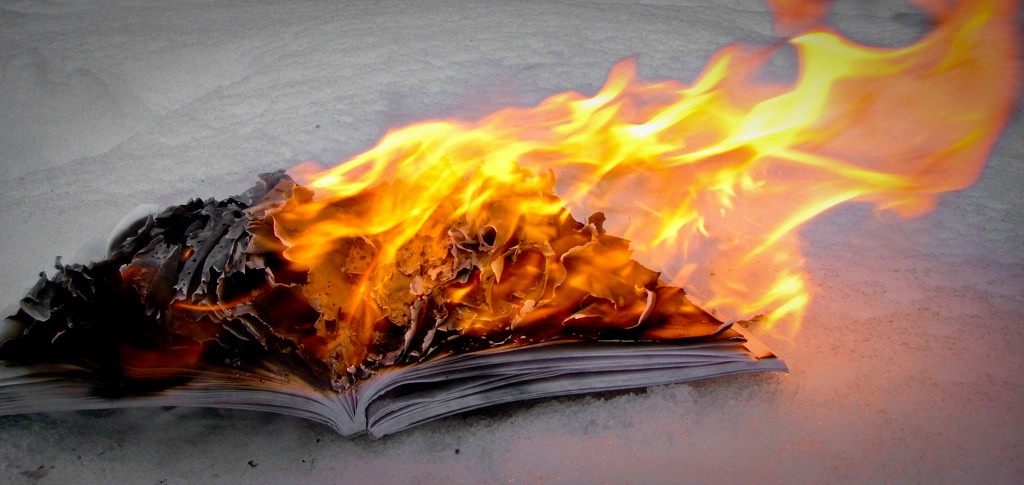Books & Culture
Toni Morrison’s “The Bluest Eye” Showed Me How Race and Gender Are Intertwined
The classic novel, now celebrating its 50th anniversary, taught me that being a Black woman is more than just Blackness or womanhood
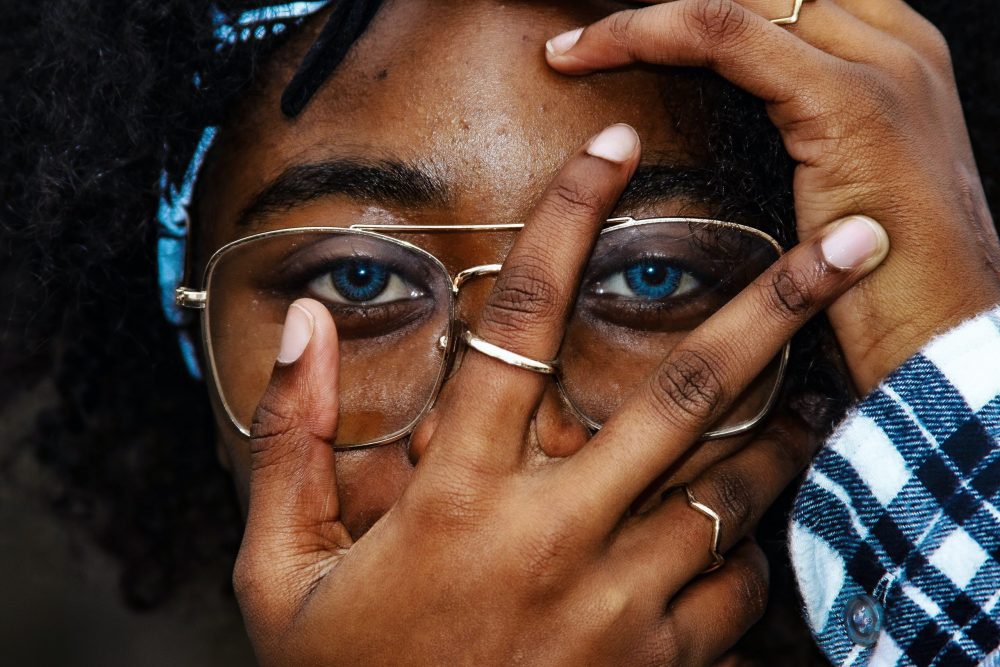
I am a literature professor because when I was 18 years old and in my first year of college, I read Toni Morrison’s The Bluest Eye. Okay, maybe it’s not that simple, but it’s pretty close. When I encountered Morrison’s debut novel, which celebrates its 50th anniversary this year, I was at a point in my life where I had reluctantly admitted to myself that race would always matter, but I had not awakened to how gender was shaping my experiences. Once Morrison’s work opened my eyes, I began noticing how frequently people tried to make me prioritize either race or gender whenever things got intense. Because we were college students enjoying freedom from parents, gender and race often intensified dorm room debates about issues of sexuality, but tensions also ran high in classes—when discussion centered on seemingly staid matters, such as merit.
Compared to the obliviousness that preceded it, I gained super-vision after reading The Bluest Eye that would help me navigate this racist, sexist world. Growing up, my mom would often say, “Girl, you better act like you know.” I could now appreciate the wisdom of those words. As a Black woman in the United States, it’s always best to act like I know that this is a racist, sexist, heterosexist society. Operating as if I don’t know that is foolish. Perhaps more important, knowing that truth keeps me from believing the nation’s lies.
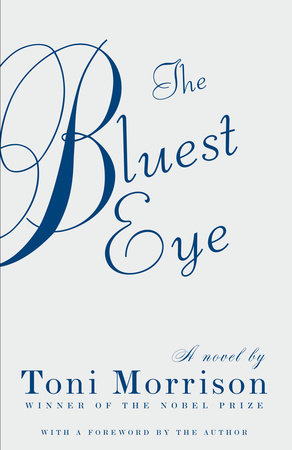
I encountered The Bluest Eye in a women’s literature class. The professor structured the course around How to Suppress Women’s Writing, Joanna Russ’s study of the many ways that women’s literary contributions have been denigrated. For example, women authors are often denied authorship or agency; critics say that she must not have written the work herself, or if she did, she shouldn’t have because its content was unbecoming or the concerns were trivial, rather than lofty or universal. I found the entire book engrossing and I kept scribbling in the margins, “Why can’t you see that this applies to Black-authored works???”
I never let on that I was frustrated by never having this question answered. I liked the class and the professor, and I didn’t want to bring negative attention to myself. But in the final weeks of the semester, we read The Bluest Eye, and I no longer cared about what I believed to be a hypocritical silence in all of our discussions of “women’s literature.” Because my professor introduced me to that novel, I gained an understanding of my surroundings that I doubt could have come from her or my classmates.
The novel felt like it had been written for me. I am dark-skinned and was called “fat, black, and ugly” nearly every day of my teenage years. Claudia MacTeer, one of the novel’s narrators, is also dark, but she has something I instantly realized I didn’t: an ability to question assessments of beauty and worth. When her peers have “a loving conversation about how cu-ute Shirley Temple was,” Claudia narrates, “I couldn’t join them in their adoration because I hated Shirley.” Likewise, other children love blue-eyed baby dolls, but Claudia relishes dismembering them. To my mind, these were unthinkable displays of strength. And this was a strength particularly valuable for African American girls.
It was not simply being Black or being dark-skinned that mattered; it was being those things while also being female.
I didn’t have the gift of Kimberlé Crenshaw’s concept of “intersectionality,” but The Bluest Eye revealed how, in my presence, racism and sexism would always collide to produce negative experiences that others could dodge. It was not simply being Black or being dark-skinned that mattered; it was being those things while also being female. When I was called “fat, black, and ugly” at the bus stop every morning, I was not the only Black child, nor was I the only dark-skinned child in the group. We were all Black, but I was the only girl… and I was dark. As a girl, though I did not realize it then, it was my duty to look a certain way so that I would be pleasing or at least acceptable. Not doing so came with a price. My peers were being American; they had learned the racist, sexist lessons the United States relentlessly teaches.
Besides questioning beauty standards, Claudia gives voice to feelings with which I was too familiar. At one point, Claudia and her sister Frieda have an argument with Maureen Peal, a middle-class girl with a fair complexion. The disagreement ends with Maureen’s declaration: “I am cute! And you ugly! Black and ugly black e mos. I am cute!” Claudia explains her and her sister’s response in these terms: “We were sinking under the wisdom, accuracy, and relevance of Maureen’s last words. If she was cute—and if anything could be believed, she was—then we were not. And what did that mean? We were lesser. Nicer, brighter, but still lesser. Dolls we could destroy, but we could not destroy the honey voices of parents and aunts, the obedience in the eyes of our peers, the slippery light in the eyes of our teachers when they encountered the Maureen Peals of the world. What was the secret? What did we lack? Why was it important?”
These were questions that I had never asked, but I was familiar with the feelings that I suddenly believed should have inspired them.
Surely, if I had had the confidence Claudia possessed, I would have asked those questions, but before I could become preoccupied with criticizing myself, the novel gave me reason to show mercy. Morrison has Claudia continue, “And so what? Guileless and without vanity, we were still in love with ourselves then. We felt comfortable in our skins, enjoyed the news that our senses released to us, admired our dirt, cultivated our scars, and could not comprehend this unworthiness.”
I was pressured to prioritize either race or gender, like so many Black and Brown women before and since.
Determined to raise awareness, including my own, I became interested in moving out of the dorms and into campus housing that supported student activism. The Women’s House sponsored programming on women’s issues, including sexual harassment, rape survival and prevention, and negotiating society’s beauty standards. Soon, it was settled; I would move in at the beginning of my junior year. During the same time, the House of Black Culture became co-ed for the first time in its history. Because I was active in Black student organizations, some asked why I would opt for the Women’s House rather than the House of Black Culture, and some were bold enough to say I made the wrong choice. Their criticism was frustrating, but over time, I had reason to be frustrated with my peers in the Women’s House, too. My white housemates would sometimes suggest that healthy body image or domestic violence, for example, were clearly “women’s issues” that had nothing to do with race. In other words, I was pressured to prioritize either race or gender, like so many Black and Brown women before and since.
By then, The Bluest Eye had helped me see that gender and race equally and simultaneously factored into the experiences I would have. This fact became even clearer when a scandal developed around a popular, beloved interracial couple on campus. They had been dating for quite some time when the white woman accused her Black boyfriend of rape. As was common for small liberal arts colleges, the university scheduled an arbitration hearing, which would determine disciplinary action without involving the police.
What most shaped my experience of the controversy was the fact that student leaders encouraged “all members of the Black community” to rally around “our brother” by lining the hall leading to the room in which the arbitration hearing would take place. The intended result: the complainant, defendant, and school officials would have to walk through a silent crowd of African and African American students. The Black defendant would feel supported and the others would know that he had backing.
A friend and I decided not to attend the demonstration because we did not know enough about what happened to take sides. We were disappointed that so many of our peers showed up without having any more information than we had. Date rape exists, but they had learned the sexist lessons American culture relentlessly teaches. And those sexist lessons erase how rape, including date rape, exists for Black girls and women, too.
Gender and race, power and vulnerability, alienation and allegiance were writing the scripts.
There was no denying that white women’s accusations easily lead to death and destruction for Black communities. But there was also no avoiding what it meant for my obedience to be expected without hesitation. Gender and race, power and vulnerability, alienation and allegiance were writing the scripts in which I was expected to play particular (even if contradictory) parts. How would I navigate these forces?
I still live with that question. Decades after that college controversy, I see suspicion swirl around the work of Black women addressing sexual violence. “Race traitor” accusations and reprimands about “airing dirty laundry” hound #MeToo founder Tarana Burke as well as Salamishah and Scheherazade Tillet. And that’s to say nothing of the pushback to Dream Hampton’s Surviving R. Kelly and the criticism Oprah received for planning to support On the Record, the documentary about the many women victimized by Russell Simmons. As Megan Thee Stallion wrote, protecting Black women and girls shouldn’t be controversial, but it often is.
The semester after I encountered The Bluest Eye, a guest speaker visited another literature class. Because he was invited by my favorite professor, it never occurred to me to view this guest with anything other than awe. He dazzled us with readings from his own work and discussion of literary traditions more generally. Toward the end of the class period, he asked whether we could name the latest winner of the Nobel Prize for literature. Someone offered, “Toni Morrison.” The guest confirmed the answer and asked if we could list past winners. A string of men’s names followed. I had heard of most of them, but not all. Soon, familiarity with the authors proved irrelevant because the purpose of the exercise became clear. The guest declared, “Toni Morrison won this year’s Nobel prize. You know, it’s a good time to be Black and a woman.”
Suddenly, I felt several sets of eyes on me. Students’ eyes. The guest speaker was too caught up in himself to look in my direction. I was uncomfortable and avoiding the glances that came my way, but I remember looking at my favorite professor, who was watching his guest with pride. The presentation delighted him.
Somehow, I was vaguely aware that I was in the middle of an age-old scenario. This educational experience was shaped by the easy confidence of the white men at the front of the room, the racial affirmation my white classmates had not requested but nevertheless received, and the rejection affecting the posture of the lone Black student. This scenario enacted strong beliefs, but I couldn’t quite name them. I now realize that the speaker believed neither race nor gender factored into the Nobel Prize… until Morrison earned it. Being white and male had nothing to do with the success of most winners, but being Black and a woman had everything to do with the recognition of Morrison and her work. I was being encouraged to believe this too, and I wasn’t sure I didn’t because I had no tools for questioning the assumptions. Still, I suspected that accepting those beliefs would doom me to a life of mediocrity.
This incident stayed with me for the rest of my college career, and though it did not keep me from applying to Ph.D. programs, it certainly haunted me while I did so. If Morrison’s achievement could be so easily diminished, what would happen to me?
The Bluest Eye helped me eventually gain language for articulating a simple truth: whiteness is not neutral.
Because it revealed how much gender and race factor into all experiences, The Bluest Eye helped me eventually gain language for articulating a simple truth: whiteness is not neutral; it carries meaning in all interactions. Those meanings translate into the person being respected, whether or not it is deserved. Whiteness is privileged and advantaged, but everyone is taught that the respect granted to white people is based on actual qualifications or “merit.” However, white professors (for example) are not “just” professors or “just” scholars. They are professors whose racial markers lead most of their students to assume they are smart and lead most of their colleagues to assume they deserve their position. (Several examples of ineptitude won’t be enough to undo the presumption of competence or even excellence. Lackluster performance must be continual for any question to emerge about whether they are qualified.)
To put it plainly, U.S. universities do not look like they do because white people are brilliant or deserving, but because these institutions are set up to ensure that they are viewed that way. Because Morrison opened my eyes when I was 18, I know this. Best believe, I act like I know.
In countless ways, Toni Morrison lived by the wisdom of “Girl, you better act like you know.” I hope you’ll join me in celebrating the 50th anniversary of The Bluest Eye. Whether you read it for the first or the 20th time, it will help you act like you know, too.




